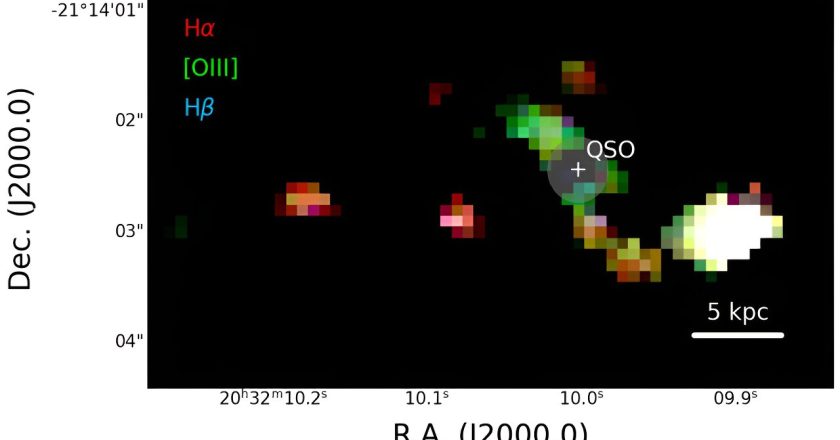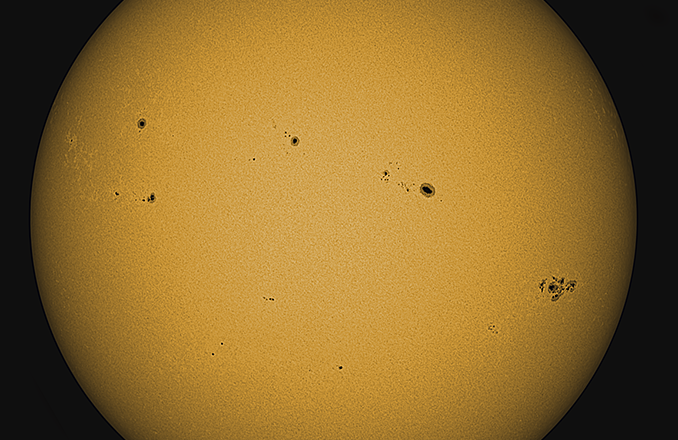‘Once-in-a-lifetime event’: rare chance to see explosion on dwarf star 3,000 light years away | Astronomy
In what is being called a “once-in-a-lifetime event”, light from a thermonuclear explosion on a star has been travelling towards Earth for thousands of years and it will be here any day.T Coronae Borealis (also known as T Cor Bor, T CrB, and the Blaze star) will be as bright as the north star (for those in the northern hemisphere).Dr Laura Driessen, from the University of Sydney’s school of physics, said the Blaze star would be as bright as Orion’s right foot for those in the southern hemisphere.A recurrent nova, T CrB becomes visible about every 80 years after a thermonuclear explosion on the surface of a white dwarf about 3,000 light years away.The dwarf sucks up hydrogen from a neighbouring red giant, and that causes a buildup of pressure and heat that eventually triggers the explosion....


